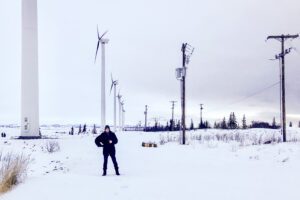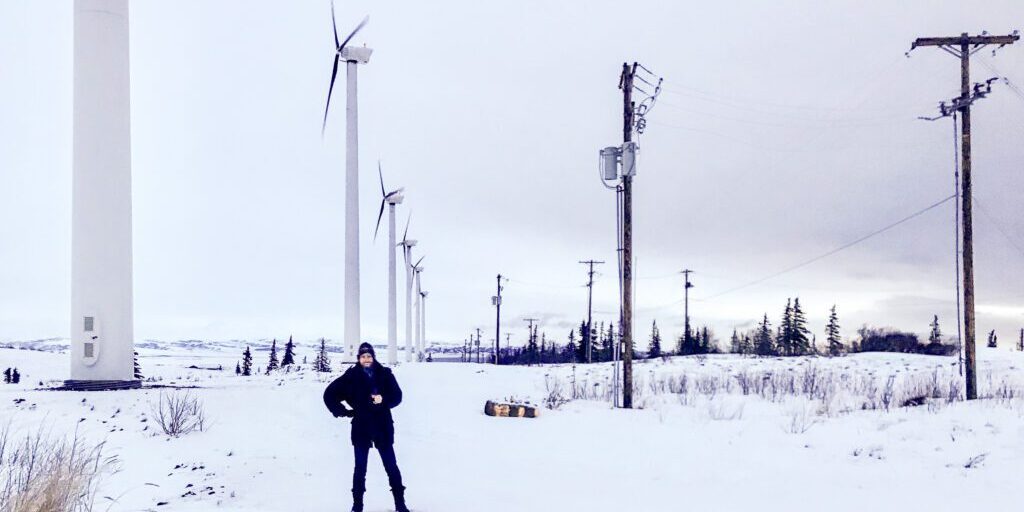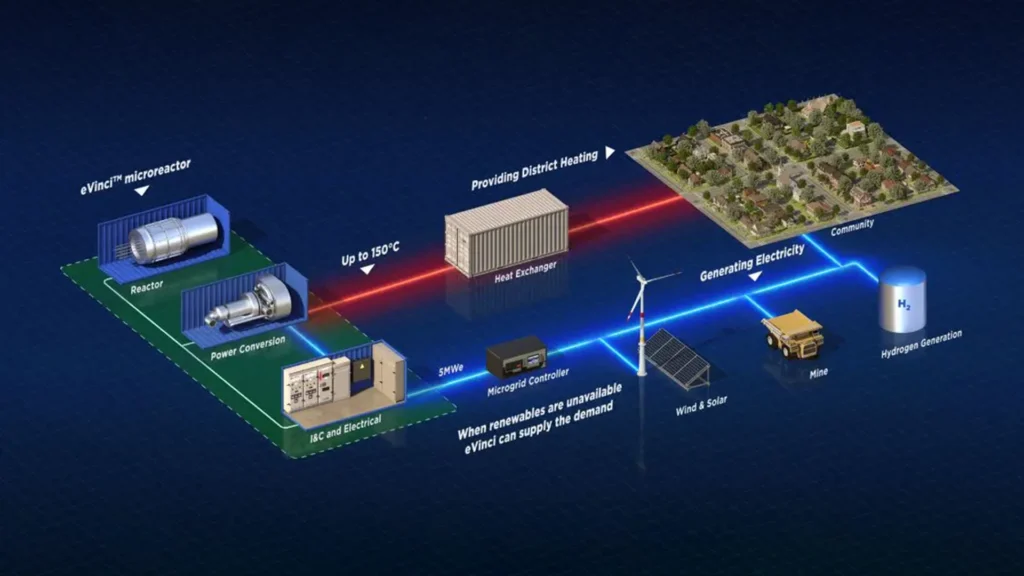The Renewable Energy Alaska Project (REAP) hopes to help rural and island communities in Alaska move to more sustainable energy sources through its Energy Transitions Initiative Partnership Project (ETIPP). This initiative provides technical support to communities looking to transform their energy systems through renewable sources.
Haleigh Reed, Microgrid Project Manager at REAP, explained the objective of the initiative.
“Our goal is to support communities in understanding their energy systems’ potential and integrating renewables while increasing efficiency,” Reed said.
Communities interested in participating in the project may apply before the deadline this summer. Once selected, the program backed by the U.S. Department of Energy’s National Renewable Energy Laboratory does not cost the community anything. ETIPP is also offering up to $50,000 to help cover time spent working on the program. This financial aid hopes to give communities the time and resources needed to fully invest in the project.
ETIPP uses a hands-on approach that encourages community involvement in making energy decisions. “We prioritize making it community-led and community-driven, very place-based,” Reed noted, emphasizing that the project’s approach is tailored to the unique needs and circumstances of each community. This includes virtual and in-person programs designed to build energy-literacy in communities.
“Sometimes it means doing the education on the forefront because community members might not feel comfortable making decisions about their energy systems based on their current understanding of what is going on in their community,” Reed said.

Renewable sources of power can come with a steep price tag. The Nome Joint Utility System’s dual 900 KW wind turbines cost $9.6 million, about $8 million of which was funded through grant money from the state. The ETIPP initiative works with local stakeholders to find similar grants and funding sources that may lower– or completely eliminate– the cost of implementing such systems. Once a community decides to move forward with an energy solution, ETIPP hands the project over to contractors for construction and installation.
Renewable energy can offer a path toward energy independence according to Reed, crucial for communities where access to traditional fuel sources like diesel can be expensive and unreliable. By developing local renewable energy projects, communities can reduce their dependence on external fuel supplies while also building a dependable system for electricity.
“If you can’t get a barge of fossil diesel shipped in, what does that mean for the reliability of your system? Renewable energy will stabilize the price of energy in your community so you know what to expect. Sometimes that doesn’t necessarily mean that it’s going to be the cheapest option, but it’s going to be the most stable option,” Reed explained.
Reed also believes that renewable energy gives communities the ability to grow local economies.
“All of the money that is being spent on fossil fuels is leaving the community. If you can produce energy in your community, from a locally owned renewable energy development, then it’s more likely that that money is going to stay in the community and be able to boost the economy,” Reed said.
Communities applying for the program must be located on an island, within 50 miles of a coastline, not serviced by the railbelt grid, or is a federally recognized tribe in Alaska. The complete list of requirements can be found on ETIPP’s website.
Applications for this year’s cohort are due by July 10. Selections will be announced towards the end of summer 2024. To make the strongest case for selection, ETIPP encourages having two “champions” on the ground that are prepared to coordinate the project once it begins.
“When there’s at least two main points of contact to coordinate, that’s when projects are most successful,” Reed said. “We just want to make sure that it has the best chances of keeping momentum.”







